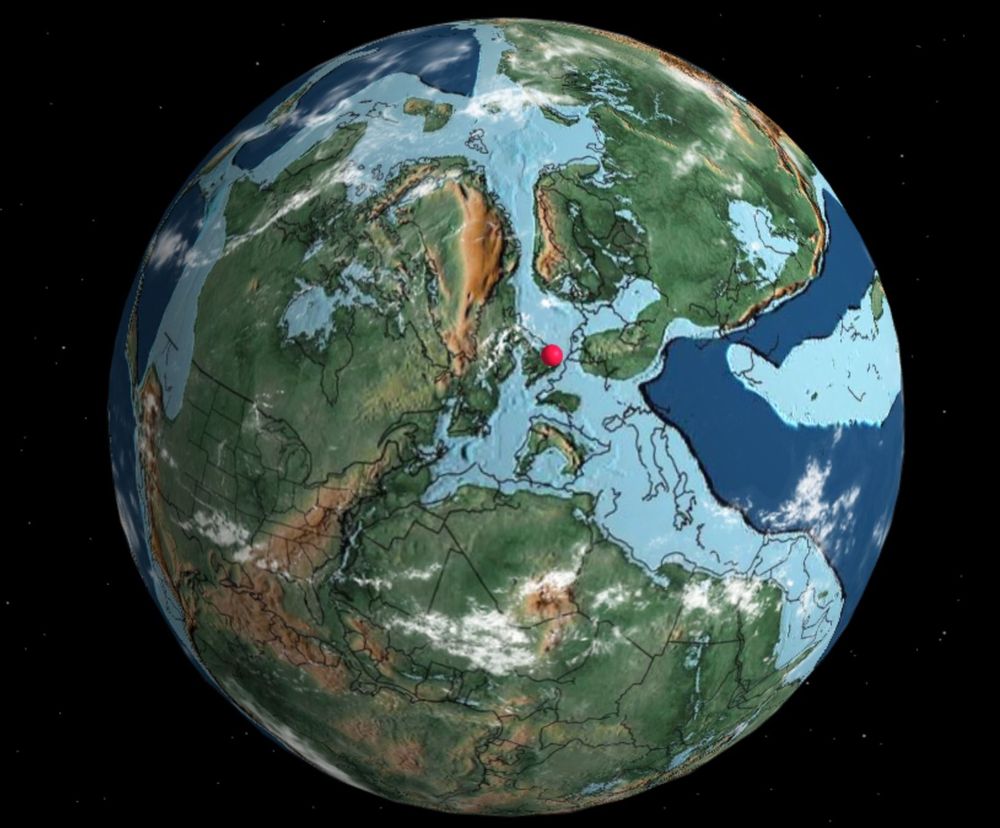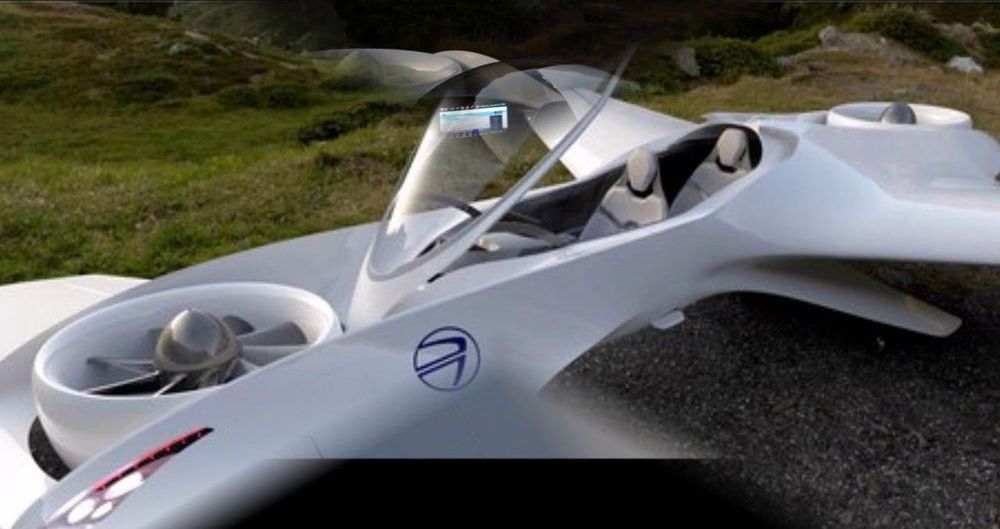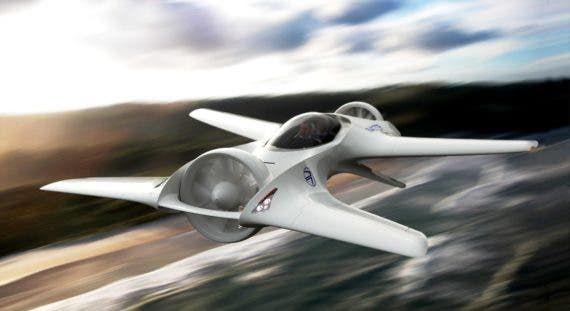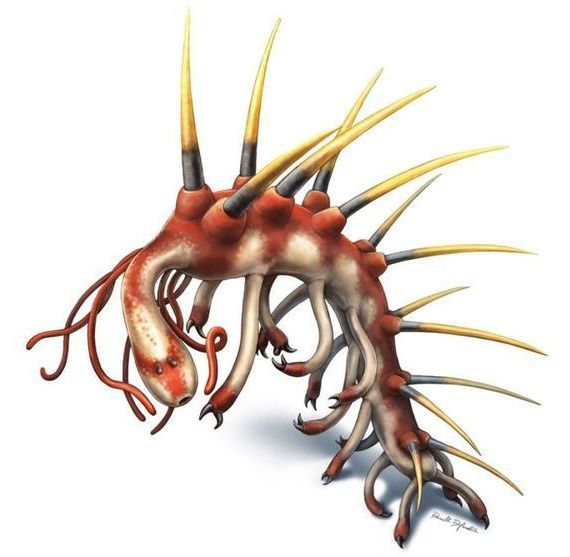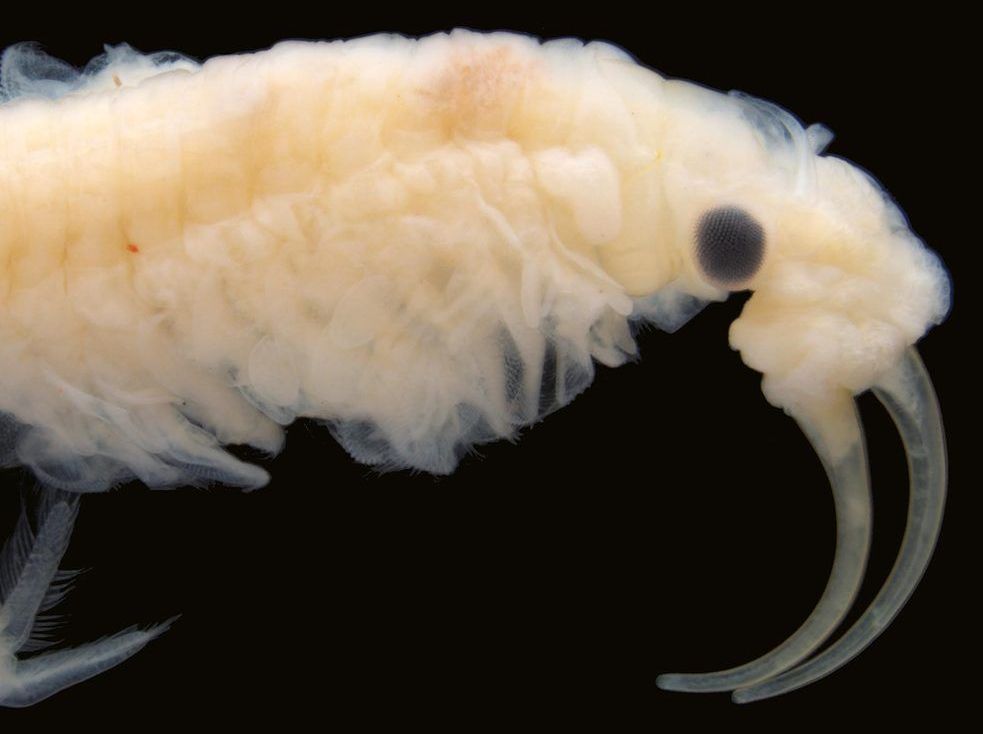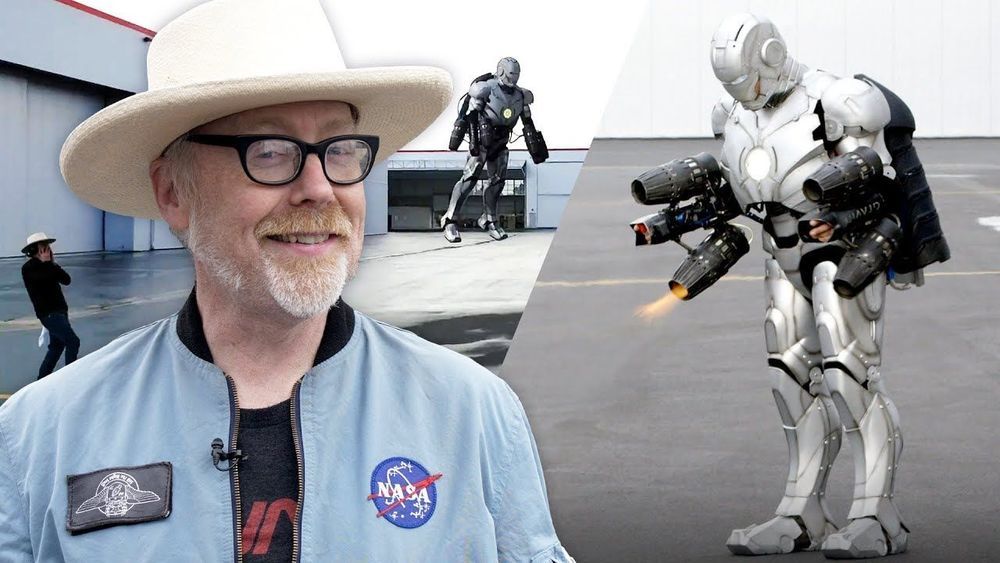This year, the U.S. Food and Drug Administration is expected to approve islet transplants as a treatment for people with type 1 diabetes. The transplants, which deliver insulin-making cells to replace those lost to the disease, have been classified as experimental in the United States since they were first performed more than 20 years ago.
Islet transplants hold great promise for treating type 1 diabetes, especially for what’s colloquially known as “brittle diabetes,” in which patients have a lot of difficulty safely managing their blood sugar with insulin injections, said Stanford interventional radiologist Avnesh Thakor, MD, PhD, who conducts research on islet biology and transplantation.
Nearly 1.6 million Americans have type 1 diabetes, and more than 70,000 are likely to be good candidates for islet transplant.




